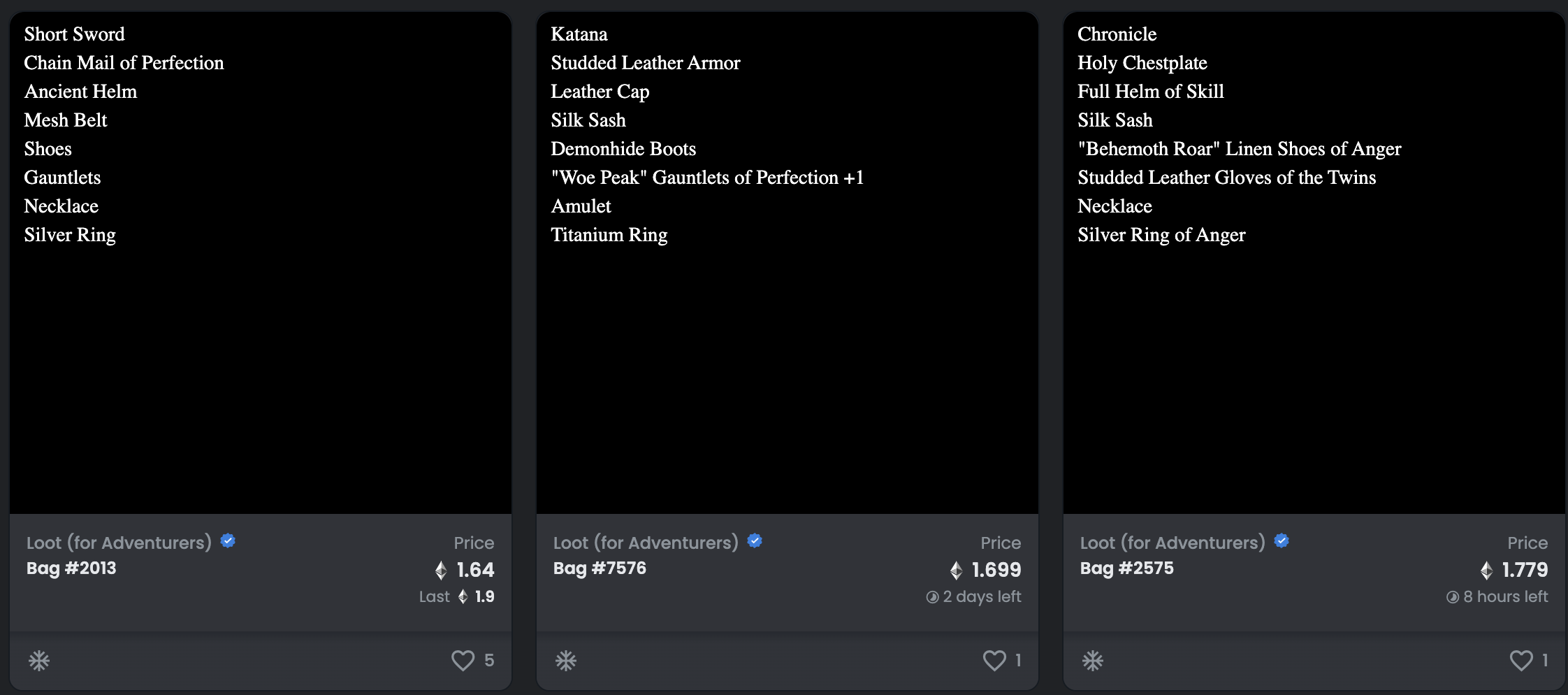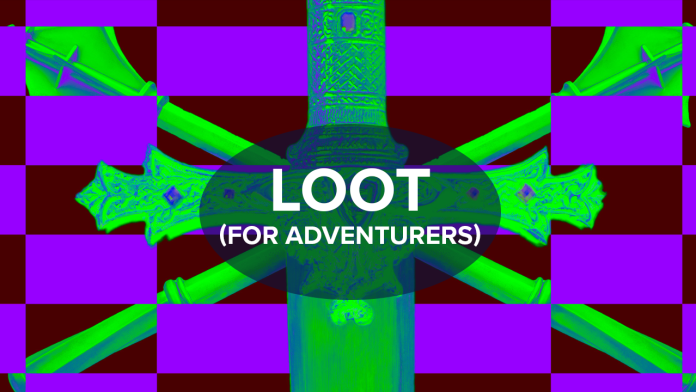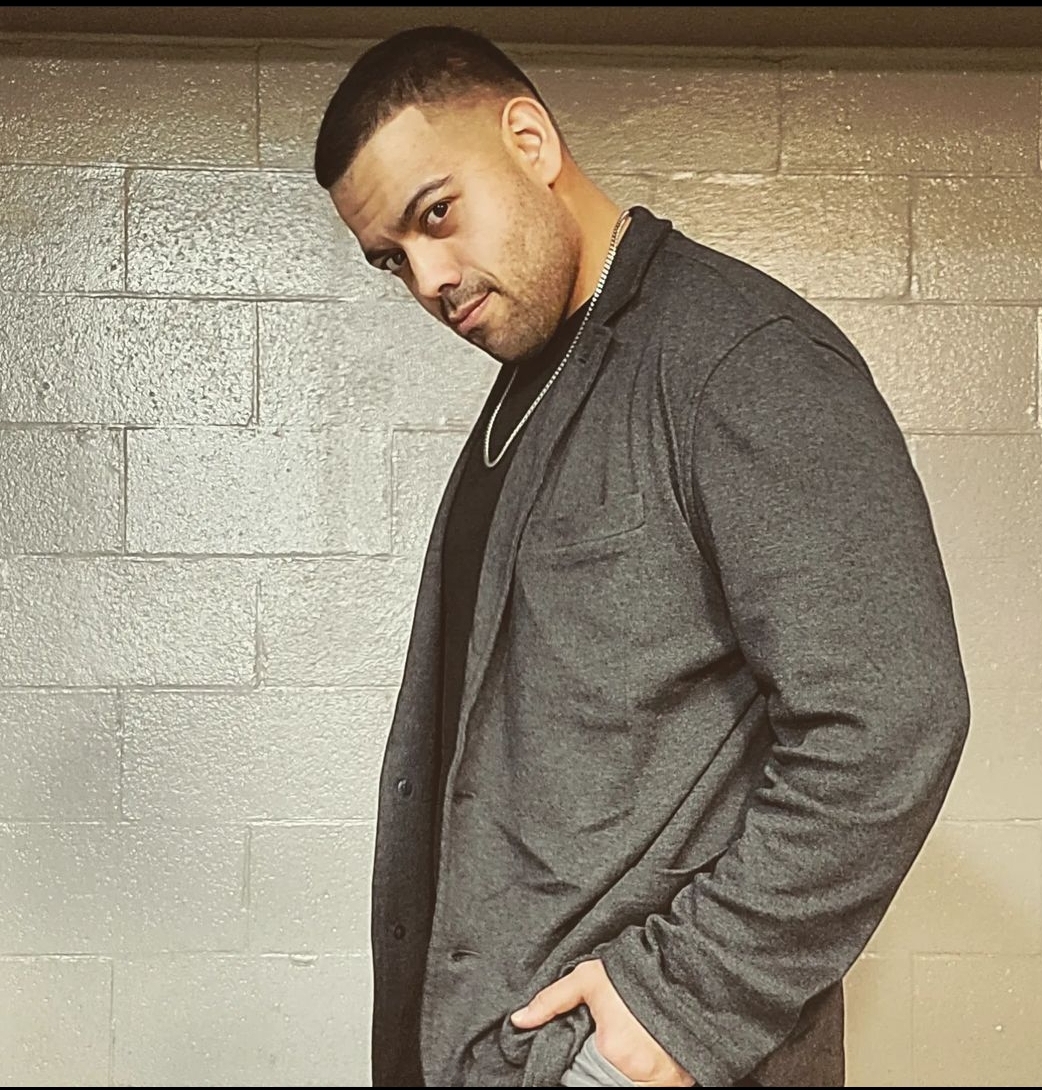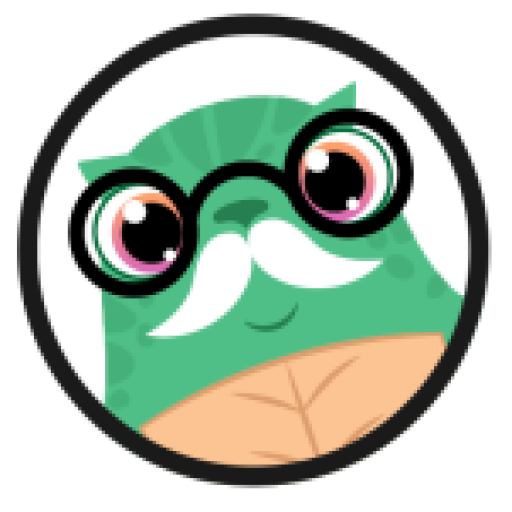tl;dr Summary: Dom Hofmann of Blitmap and Vine fame released Loot (for Adventurers), a new type of NFT project that exists solely on-chain and in control by the holders.
I’ve written previously about Dom Hofmann, the former co-founder of defunct video-app phenomenon Vine. Ever since releasing Blitmap in early-summer 2021, Dom has cemented himself as a key figure in the NFT space. He went on to co-create and launch other popular NFT projects like Nouns, Supdrive, and Corruptions. Each of these projects are unique in their own way, but on August 27, 2021 Dom released an NFT project unlike anything ever seen before.
Loot (for Adventurers) on the surface is simply a collection of randomized item lists from a fantasy-themed video game. Each list contains one piece of gear for each part of the body including footwear, headwear and jewelry. The item lists are written in white text on a plain black background. There was no art, no characters, no story and not even an official website. Initially, Dom released 8,000 of these NFTs to the world for free. Early collectors only paid the Ethereum network fees—also known as gas fees—for minting Loot NFTs called loot bags. Dom simply launched the collection and disappeared, essentially giving away his intellectual property (IP) for free and leaving the community to interpret the functionality and utility of these eight-item bags. Within hours the collection sold out. The current floor price for a loot bag is around 2 ETH, with some rarer bags selling for over 100 ETH ($250k). To an outsider, paying thousands of dollars for plain text on a black background seems absurd. So what is it that makes these lists of plain text so valuable?
The brief description in the official ‘Loot (for Adventurers)’ OpenSea (currently the largest online NFT marketplace) collection page outlines Dom’s vision for this project:
“Loot is randomized adventurer gear generated and stored on-chain. Stats, images, and other functionality are intentionally omitted for others to interpret. Feel free to use Loot in any way you want.”

These three succinct sentences perfectly describe what makes Loot unlike any other NFT project and why the community believes it is deserving of such a high valuation. It was an invitation to create things.
Most NFTs function by storing data on servers outside of the blockchain (e.g. Ethereum), or off-chain. These off-chain NFTs have smart contracts (i.e. self-executing computer code) for the sole purpose of linking people to the storage location of the digital art. On-chain NFTs like Loot are completely written and stored on the blockchain including metadata like the storage location of the digital art, unique traits and the description of the NFT. However, what made Loot’s metadata stand out from other similar on-chain NFTs was that Dom had embedded several story elements and canonical principles about the yet–to-be built Loot universe or “Loot-verse”. This canon was invisible on the surface, but excited fans and holders soon started to investigate and uncover these ideas within the NFTs computer code. The code written in the NFT’s publicly available smart contract included details about the items like item rankings, weights and character classes. When members of the community found these ‘rules’ their imagination was ignited. Weekly community calls sprung up, discussion boards traded theories, and essays were written to make sense of the details written into the code for these seemingly trivial NFTs. Elegant thinking allowed Dom to put the seeds of an entire universe on-chain. Discovering those seeds was a moment of exhilaration for the entire Loot community.
One disadvantage of storing NFTs on-chain is the limited complexity of the digital art. Full images are not supported on the blockchain, so the image needs to be drawn by code, such as in an SVG file. This limits the artistic freedom of the artist, who’s forced to keep the NFTs more simple. This is why Loot NFTs look so simple – the image with the black background and white text was procedurally drawn by a computer program in the form of an SVG file. Despite the limitations, there are two key reasons Dom decided to generate and store Loot NFTs on-chain: permanence and composability.

Storing an NFT fully on-chain assures that it will continue to exist as long as the underlying blockchain exists. With off-chain NFTs there is a concern that a centralized storage location could be compromised and the NFT could disappear forever. Storing Loot NFTs on-chain ensures that as long as there is even one computer on the planet still running the software for the Ethereum blockchain, the Loot-verse would continue to exist.
Composability is the ability for a smart contract on the blockchain to interact and share data with another smart contract on the blockchain. This allows developers to build on top of the existing smart contract, making the original NFT a foundational block for building more intricate projects. In the case of Loot, developers have created a multitude of derivative projects which can pull data from the original smart contract to create characters, build games, develop maps for the world where these games and stories take place, and even connect the items to physical objects in the real world (stay tuned for our upcoming article on LootLARP). Loot owners today could mint, claim and trade additional items such as genesis mana, banners, rings, and dungeon maps. They could also choose an avatar from several different collections sporting unique art styles. There are even games available where owners of Loot could raid dungeons to collect special items or settle land and challenge other landowners for valuable resources. Loot’s on-chain nature allowed it to function as a foundational brick on top of which other developers could build these fun features for their community.
The second part of Dom’s vision for Loot is that it is permissionless. Anyone who owns a loot bag can use it in any way they want without having to ask for permission from a CEO or authoritative body. Since the project’s inception, a plethora of derivative projects have emerged around Loot and a large community of developers, artists and writers have formed to fully realize the story of Loot. Loot is no longer just a list of items; It has transformed into an ever-evolving fantasy world-building project with the shared goal of creating a cohesive narrative weaved together by shared foundational principles and loosely connected stories with infinite space for creative expansion. Hundreds of people from around the world have found each other and started to bring a new fictional universe to life. The community hopes to craft a sci-fantasy world similar to Game of Thrones or Lord of The Rings. However, the key difference is that Loot’s lore, art and characters aren’t owned by major publishers or movie studios. Loot is decentralized meaning that it is collectively owned and operated by the community of NFT holders. Everyone owns it and no one owns it. The community forming around the Loot NFTs is a collection of people from a variety of backgrounds and skill sets who each have a passion for science fiction and fantasy but haven’t before had a vehicle for expression. In this manner, the Loot project is using the full capabilities of blockchain technology to enable the community to collectively create a multi-media empire of stories, games, art, lore, merchandise and characters. With a global army of fans working on cohesive passion projects, Loot could eventually rival media giants like HBO or Disney.

Loot has already changed the lives of many who minted the initial loot bags for free and now hold assets worth thousands of dollars. However, the project hopes to continue delivering value to their community for many years to come. Nothing like what Loot is aiming to accomplish has been done before, but owners of Loot NFTs and derivative project NFTs are tirelessly working to bring the Loot-verse to life. Much progress has been made, but it is yet to be seen if the Loot NFTs can live up to their high valuation.
Sources:






